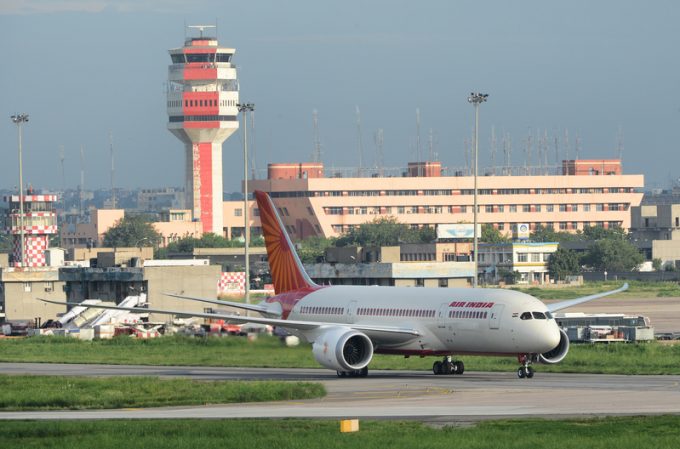Carriers look to short-term gains over blanking, as Red Sea crisis props up rates
With the Red Sea crisis continuing to artificially prop up container spot rates, carriers have ...

Tata Group-owned Air India – in the midst of a massive fleet expansion – is devising new strategies to grab a larger share of air cargo trade as the emerging economy concentrates on manufacturing.
“The planned changes encompass several strategic, tactical, technological and commercial aspects of the organisation.”
And this accelerated growth programme has been two-pronged.
Air India recently rolled out a bonded trucking solution to aggregate cargo from interior locations for connections out of Delhi, its busiest cargo hub.
The carrier said the road feeder network is already live on nine market points, such as Delhi-Mumbai, Delhi-Chennai, Delhi-Kolkata, Delhi-Bengaluru, Delhi-Hyderabad, Kochi-Chennai, Kochi-Bengaluru, Kochi-Hyderabad and Goa-Mumbai.
It aims to expand that network to some 200 lanes in a phased manner.
Additionally, the carrier is foraying into a sophisticated temperature-controlled service for the Indian pharmaceutical industry, which has significant exports to major international markets. India is touted as a global pharmaceutical hub, a recognition boosted by recent covid vaccine developments.
Currently, Air India has cargo connections in/out of some 40 international destinations and 38 domestic locations. And according to available data, the carrier commanded some 7% of Indian international airfreight volumes in Q1 (April-June) of fiscal year 2023-24.
Air India CEO and MD Campbell Wilson has previously noted that the Indian air cargo industry presented high growth potential with the government targeting 10m tonnes by 2030.
“Our network strength has been to provide direct connectivity between India and international stations, without having to go through any hubs,” said the carrier.
Comment on this article